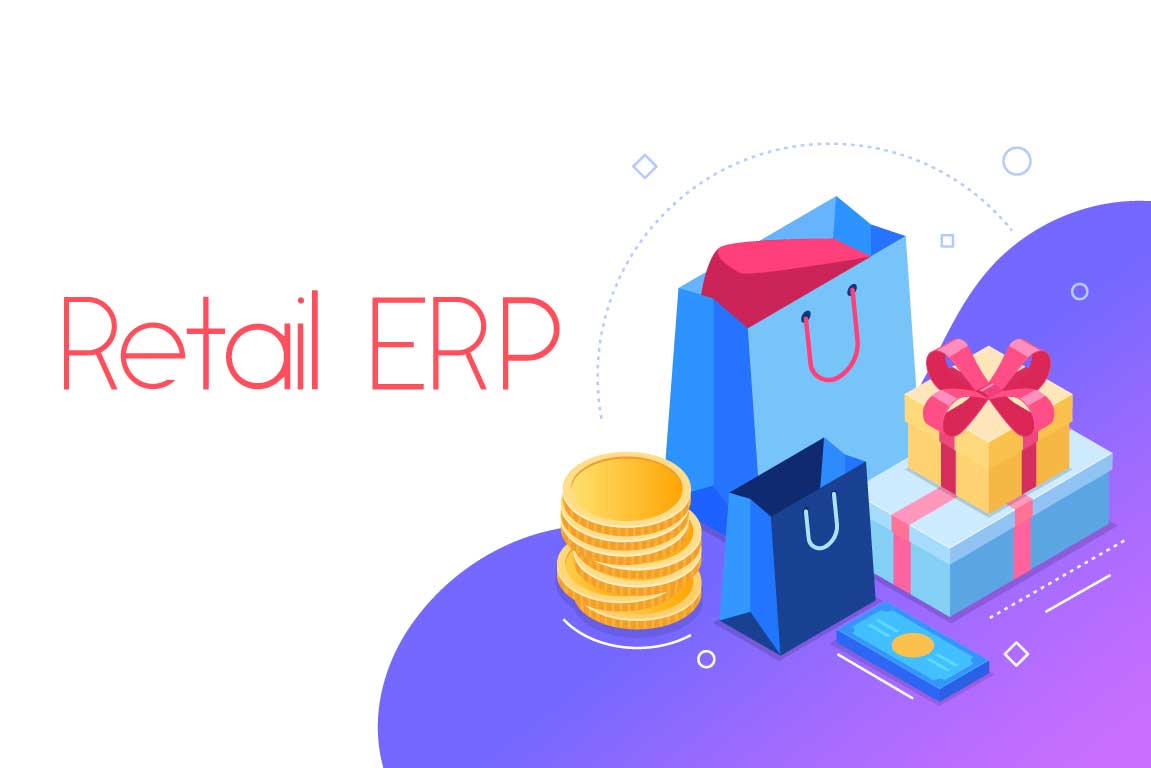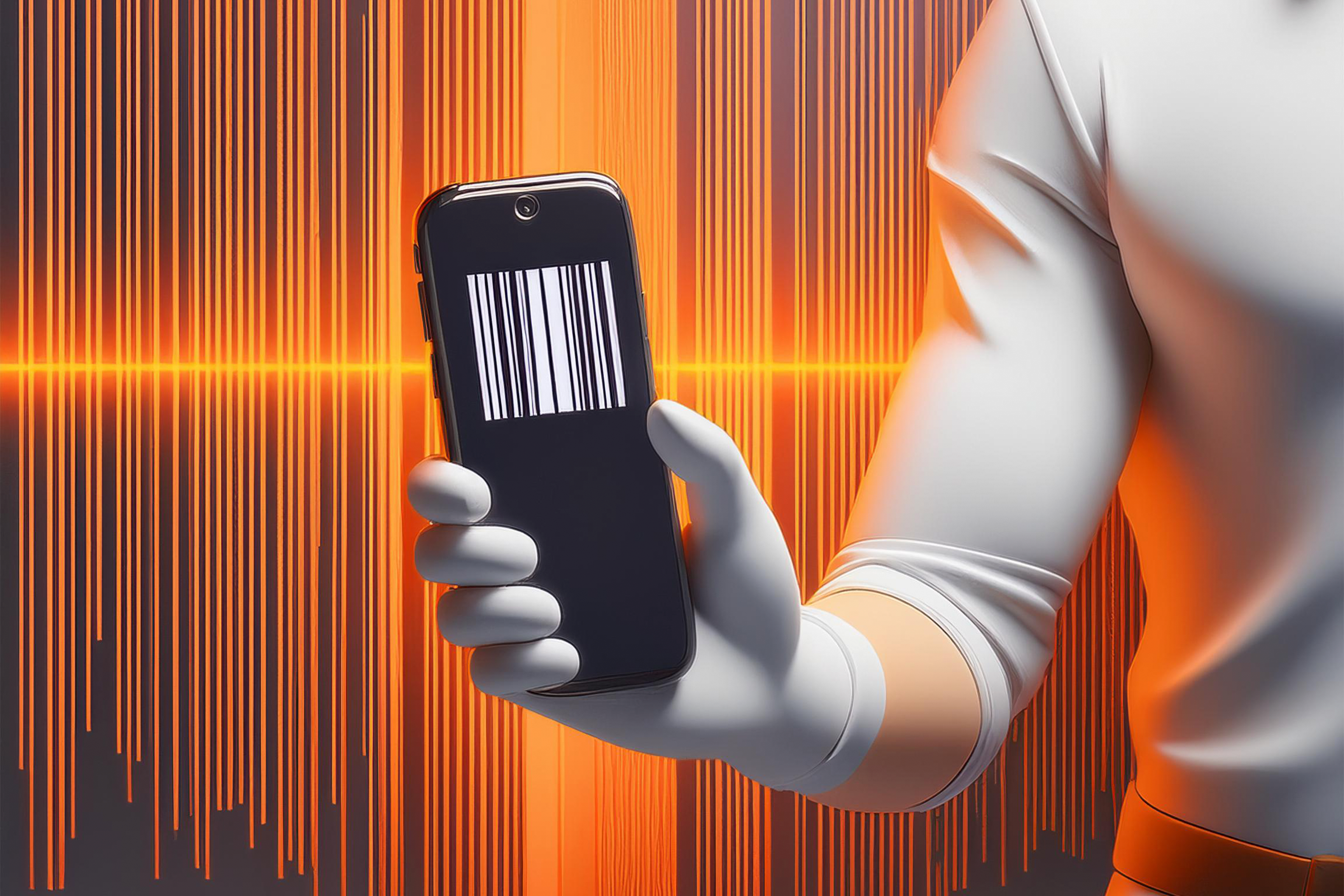How Retail ERP Software Benefits Retailers of All Sizes
For a modern fashion , footwear or lifestyle retailer or any other sales-focused business, one of the most important investments you can make is into high-quality retail ERP software.
Enterprise Resource Planning software has become an indispensable tool for retail operations of all sizes because it pulls together valuable data from multiple different sources. A solid ERP deployment can encompass a business’s Customer Relationship Management (CRM) system, Business Intelligence (BI) analysis, inventory and ordering system, and more. In short, it provides a central focus to nearly every aspect of your retail operation, along with robust data-sharing and reporting systems that allow you to make the most of the information you have on hand.
This leads to numerous benefits which are far more difficult to accomplish if you’re still using separate systems and databases. For example:
Perhaps the most significant benefit to ERP systems is that it allows a single view of ‘truth’, so that you can best utilise your data to generate accurate but also tailored views to users. Data can be used to feed other business systems, such as your POS estate, merchandising, fulfilment, CRM and business intelligence systems.
Customer information – Record customer account details, preferences and purchase history so that you can understand behaviour, demographically or by location, enabling better marketing and support opportunities.
Product attributes – Be powered by the right software that allows you to record and manage products according to hierarchy, style or attribute. This level of organisation allows you to merchandise efficiently, using trends to cater to customer demand. Purchase, transfer, recall and replenish by attribute groups, rather than on a by item level, saving valuable time. For example if athleisure is doing well in a particular area, you may want to work on merchandising all sweathshirts as a group, rather than working on each style one at a time.
Fulfilment – Knowing exactly where your inventory is based, and what you have available across your store portfolio will allow you to fulfil store requests and customer orders as quickly as possible. Multiple sales channels and fulfilment centres can certainly add complexity to operations, so for an omnichannel retailer an accurate and responsive system that has the right features to record and track stock is essential.
Suppliers – Record supplier information and manage purchase orders and deliveries to identify the value of suppliers, plan cover and reduce risks of stockouts; or indeed overstocking (both of which can be costly in terms of lost sales or tied up capital expenditure and warehouse storage).
Locations – Grade your store portfolio to allocate and replenish product and stock accord to targets or demand. In addition, you can report and analyse sales by location. The right ERP system will allow you to make the most of your stock in the right location, increasing turnover.
Improved Targeted Marketing Campaigns
Sending out identical offers to thousands or millions of people at once is ineffective, and customers are unimpressed with generic one-size-fits-all promotions. The trend is increasingly towards hyper personalised promotions and offers, which retail ERP software enables. By combining your CRM and Business Intelligence systems, you can gain deep insights into individual customer behaviour at a highly granular level.
This makes it possible to send out truly personalised offers which are tailored to each buyer’s buying habits. You can even go beyond simply offering discounts on products they bought in the past by using predictive analysis to send offers for products they may want in the future!
More Robust Point-of-Sale Services
A single view of stock is essential when managing a multi-store operation. This single view allows retailers to effectively make the most of limited stock, especially during peak promotions. Since every POS in your store portfolio is synched with your ERP system, your retail staff will have a detailed view of where stock is in the business and access to customer account data. This means that they have the right information on hand to best serve your customers. If an item is doing particularly well in a prime location and has sold out, don’t lose a potential sale by missing the opportunity to source from another store or fulfilment centre. But you can only do this if you have a view of what is actually available and are able to locate the correct size/colour across your operation. An accurate and transparent view of stock means that retailers are able to minimise lost revenue. Furthermore, meeting demand and keeping customers happy, means that you can boost the instore and online experience and increase brand affinity.
In addition, salespeople can now gain instant access to all your customer data, allowing them to offer targeted up sales. Plus, when this is combined with handheld EPOS devices, which can be taken to the customer anywhere on the shop floor, a far superior service is offered.
Deep Analysis Of Sales And Stocking Trends
It’s useful to know what products are selling and today’s ERP systems allow you to go much deeper. A clothing retailer, for example, can track items based on brand, size, material, colour, and more. This offers you unparalleled insights into purchasing behaviour and combined with historical data, can allow you to recognise new trends and create the correct plans to allocate and replenish your store portfolio.
Get Retail ERP Software & More
Eurostop is trusted by retailers around the world, with cutting-edge software and hardware solutions for managing your business. Contact us for a free demonstration.






